Cities, Cultural Heritage and the Culture of Responding to Floods
Emergency Planning
NOVEMBER 8, 2024
In 2021 a colleague who studies natural hazards wrote to me that "our institute is all but destroyed and colleagues have lost their homes". Each new disaster reveals the shortcomings of hazard mitigation and disaster preparedness. First of all, we need a change in culture towards something more inclusive and more serious.


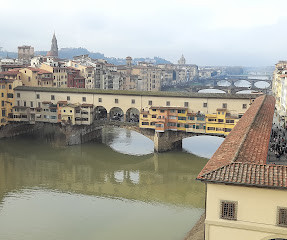
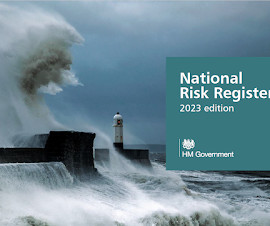

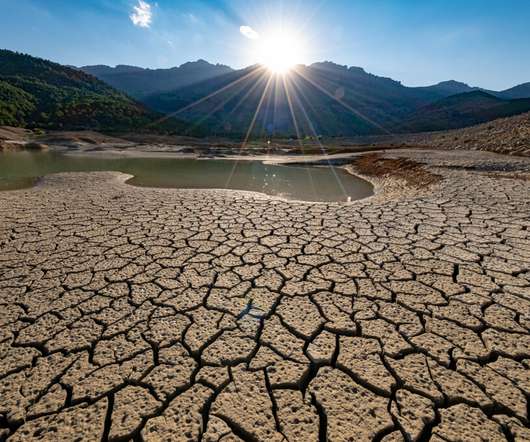
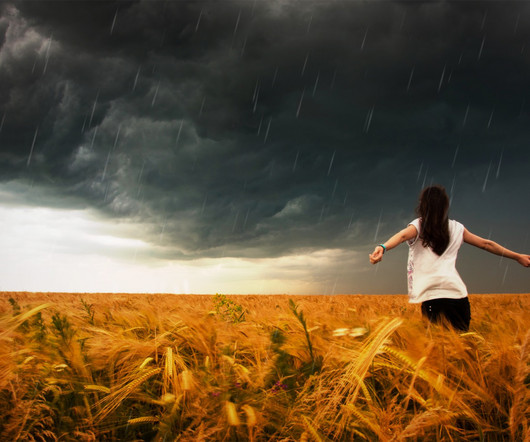

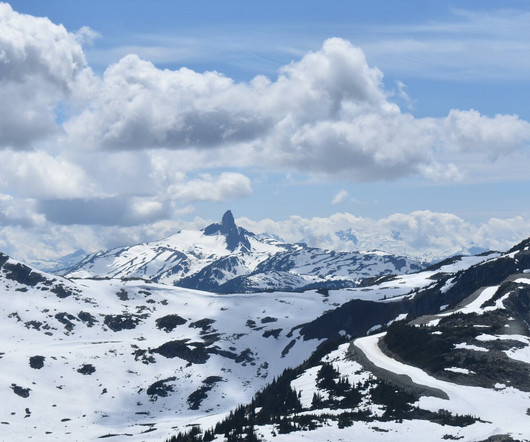
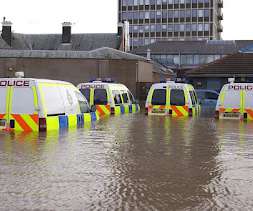
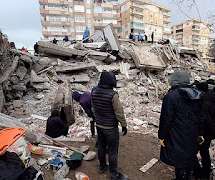
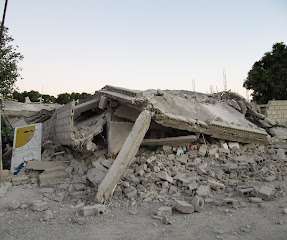






Let's personalize your content